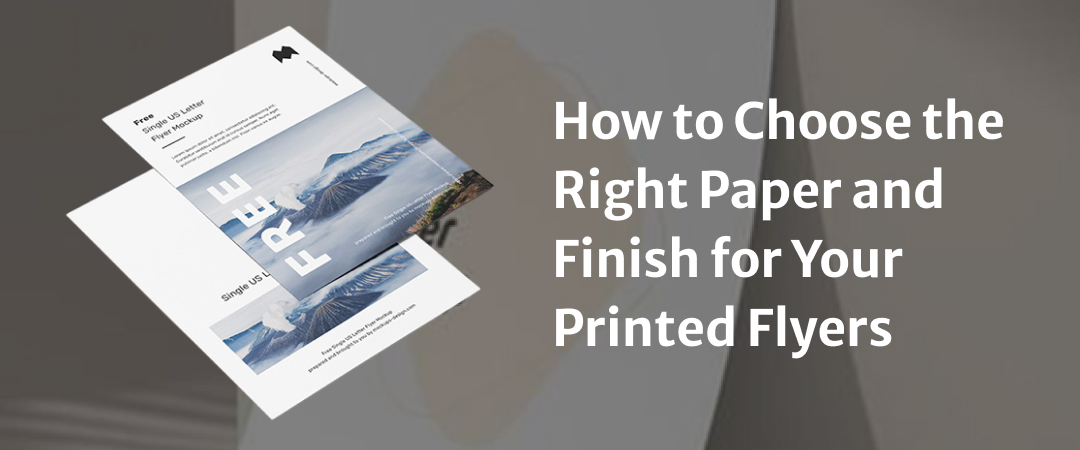
How to Choose the Right Paper and Finish for Your Printed Flyers
When it comes to flyer printing, design is only half the equation. The paper type and finish you choose can significantly influence how your audience perceives your message. Whether you’re promoting an event, a product, or your brand, the look and feel of your flyer play a crucial role in making a strong first impression.
In this guide, we’ll walk you through everything you need to know about choosing the right paper and finish for your printed flyers.
1. Understand Your Flyer’s Purpose
Before selecting the paper type, ask yourself:
-
Is the flyer for a one-time event or ongoing promotion?
-
Will it be handed out on the street, inserted into a magazine, or posted on a bulletin board?
-
Do you want a luxurious, high-end feel or a budget-friendly option?
Your answers will help you decide on the paper weight and finish.
2. Paper Weight: Light, Medium, or Heavy?
Paper weight is measured in GSM (grams per square meter). The higher the GSM, the thicker and more durable the paper.
-
130–170 GSM: Lightweight and economical. Great for mass distribution like door-drops and handouts.
-
200–250 GSM: A medium-weight option that balances cost and quality. Perfect for professional promotions and event flyers.
-
300–350 GSM: Heavy and premium. Offers a postcard-like feel and adds credibility—ideal for luxury brands or VIP events.
3. Choose the Right Finish: Glossy, Matte, or Uncoated?
The finish affects the look, feel, and readability of your flyer.
✅ Gloss Finish
-
Best For: High-impact, image-heavy flyers
-
Look: Shiny, vibrant, and eye-catching
-
Pros: Colors appear richer and more vibrant
-
Cons: Can cause glare and may be harder to write on
✅ Matte Finish
-
Best For: Text-heavy designs or professional/corporate flyers
-
Look: Smooth, elegant, and glare-free
-
Pros: Easy to read, sophisticated feel, writable surface
-
Cons: Colors may appear slightly muted compared to gloss
✅ Uncoated
-
Best For: Eco-friendly or minimalist flyers
-
Look: Natural, raw, and textured
-
Pros: Fully writable, eco-conscious feel
-
Cons: Less durable and vibrant
4. Consider Special Coatings and Effects
If you’re aiming to stand out, special finishes can add a unique touch:
-
Spot UV: Highlights specific areas with a glossy shine
-
Soft-Touch Laminate: Velvet-like texture that feels luxurious
-
Foil Stamping: Metallic accents for a premium appearance
-
Embossing/Debossing: Raised or recessed elements for added dimension
These add-ons are best for high-end campaigns and can significantly elevate your brand’s image.
5. Factor in Budget and Quantity
If you’re printing thousands of flyers for wide distribution, a lightweight paper with a basic finish is cost-effective. For small batches or high-end campaigns, invest in heavier stock and a premium finish to create a lasting impression.
Final Thoughts
Choosing the right paper and finish is not just a technical detail—it’s a branding decision. The texture, thickness, and sheen of your flyer send subtle cues about the quality of your message and the personality of your brand. By aligning the material with your goals, you can ensure your flyer doesn’t just get seen—it gets remembered.











